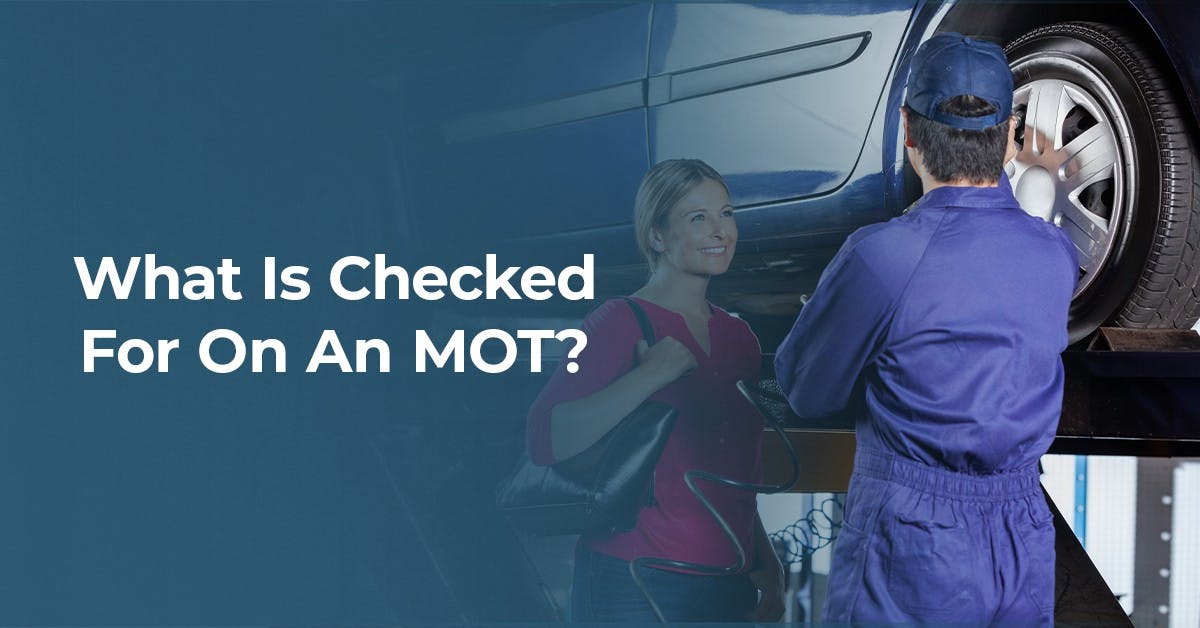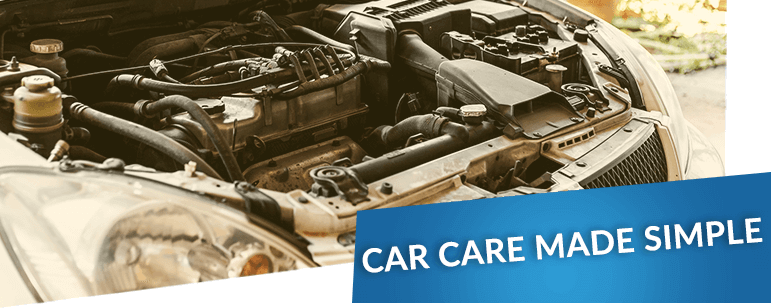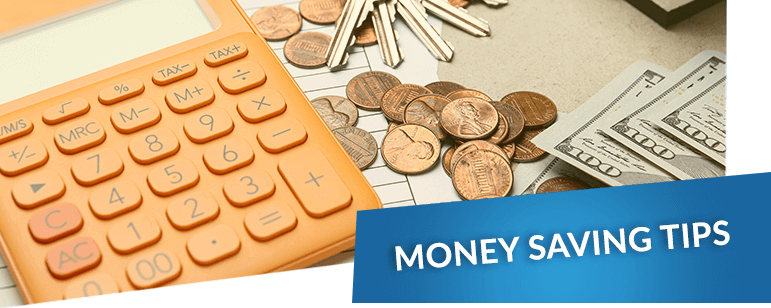The MOT test is a thorough check of the main safety components in your car.
The test is designed to assess the roadworthiness, environmental impact and overall condition of your vehicle, to keep drivers and road users safe.
Read on and find out what is checked on an MOT test, which parts are not checked, and what you can do to prepare your vehicle for the test.
What Is Checked on an MOT?
Axles, Wheels, and Tyres
The condition, security, size and tread depth of your car's tyres will be inspected.
Please note that your spare tyre will not be checked during the MOT.
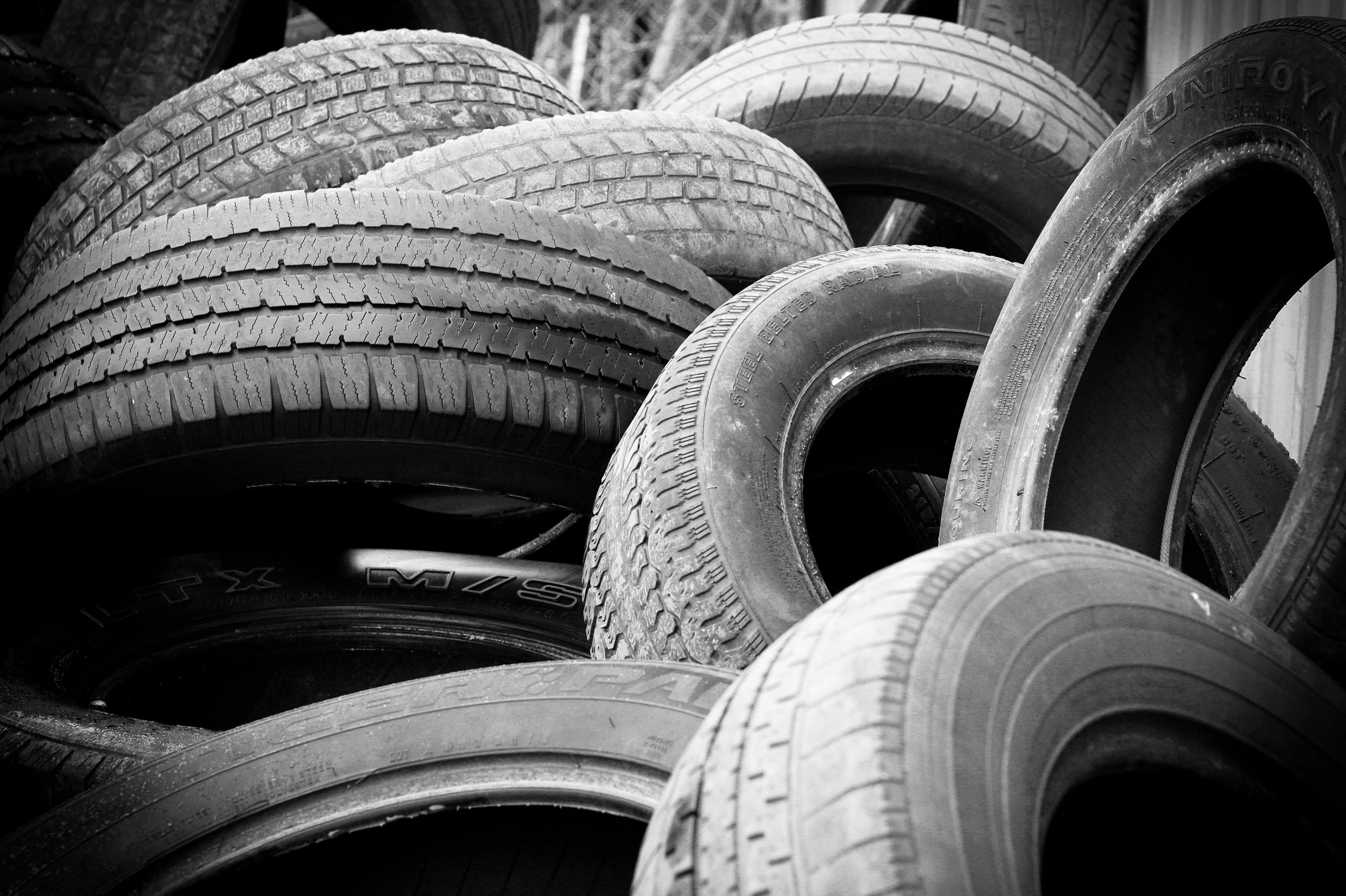
Battery, Lights and Electrical Wiring
All the electrics in your car will be checked to ensure there is no damaged wiring and the battery is not flat.
All of your lights - front, rear, reversing, high beams - will be tested to ensure the bulbs work and that they are clean and visible.
Body, Structure and Attachments
The car’s body will be inspected to ensure that the car is free from corrosion or damage, and that there are no sharp edges that are likely to cause an injury.
Brakes
The brakes are an essential part of your car safety, and so will be thoroughly checked during an MOT test.
On an MOT, the tester will check their condition, operation, performance, as well as the function of the anti-lock braking system.
Exhaust Emissions
During the exhaust emissions test, a probe is placed in the tailpipe which measures the amounts of four gases:
- Oxygen
- Carbon monoxide
- Carbon dioxide
- Hydrocarbons
If your vehicle fails the emissions test, then it will fail the MOT.
The system itself is checked as well as the emissions it releases.
The exhaust will be checked for leaks, and the MOT tester will make sure that it is secure and complete.
They will also check on an MOT that your catalytic converter hasn’t been stolen - which is becoming more common.
Fuel System
Your vehicle’s fuel system will be checked to ensure there are no leaks and that the pipes and hoses are secure and not damaged.
The fuel cap will also be inspected to check that it fastens and seals securely.
Please note that the MOT tester will need the fuel cap key, so be sure to bring this with you to your MOT.
Horn
As the main function of your car horn is to alert other drivers of potential dangers or issues, it is essential that the horn is loud, clear, and fully operational.
Number Plates
Your registration plates are how your vehicle is identified.
The plates will be checked to make sure the colour and condition are up to scratch - and that characters are correctly formatted and spaced - to ensure they can be read clearly and picked up by cameras.
Seat Belts
The seat belts in your car will be inspected to ensure they are the right ones for your vehicle, are in good working order, and are securely attached.
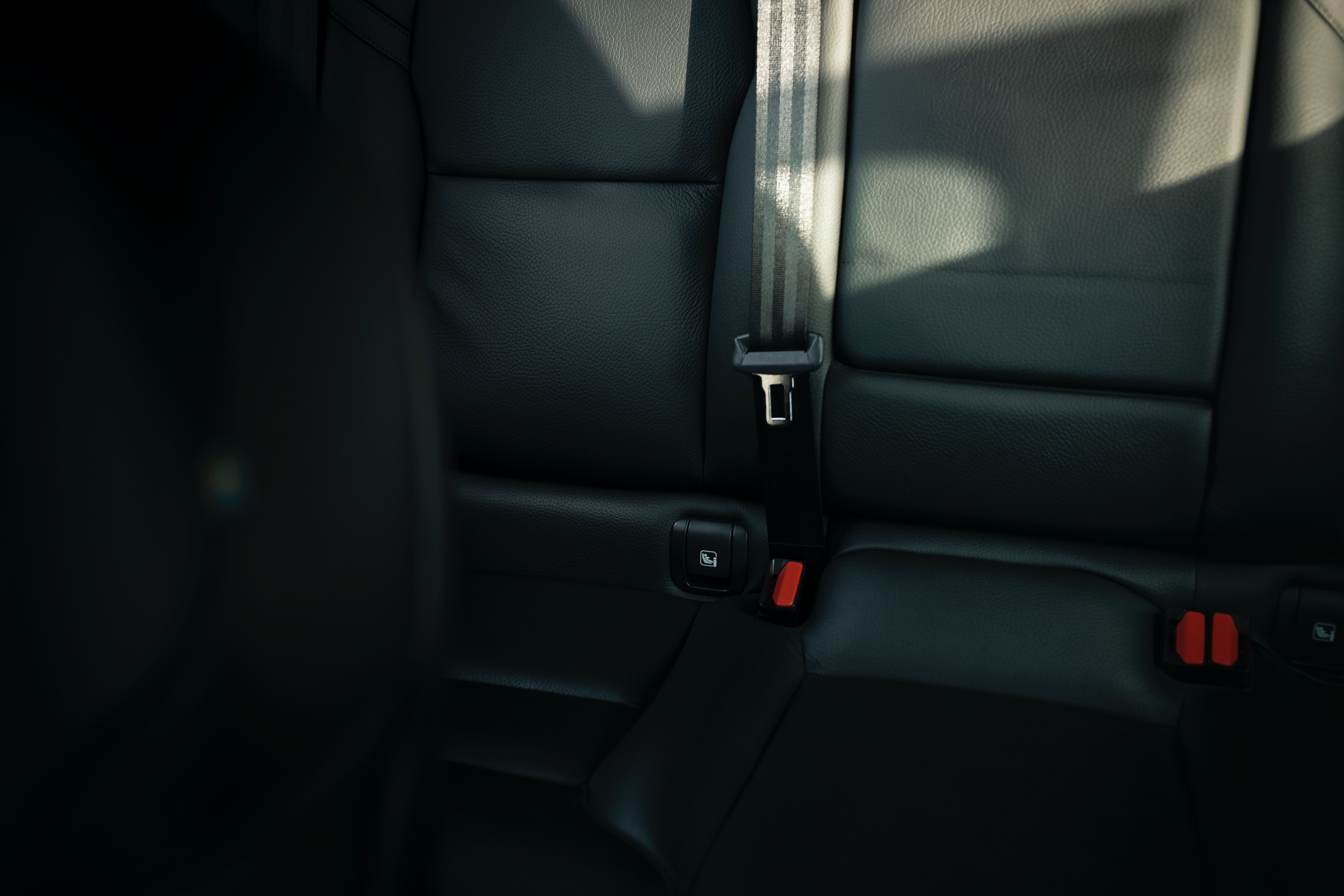
Steering
Your steering oil level will be checked, as will the steering lock mechanism.
The MOT tester will also ensure that there have been no inappropriate modifications to the power steering pipes or hoses.
Visibility
Any obstructions to your visibility pose a real safety risk, which is why your windscreen, wipers and mirrors will be checked during the MOT test.
On an MOT, the tester will look for any damage, tears or chips in windscreen and wipers.
Your screen wash levels will be checked, so make sure you check this and top up the fluid levels before the test if needed.
You need complete visibility whilst driving so be sure to remove any fluffy dice or novelty air fresheners that might earn you a failure on your MOT test.
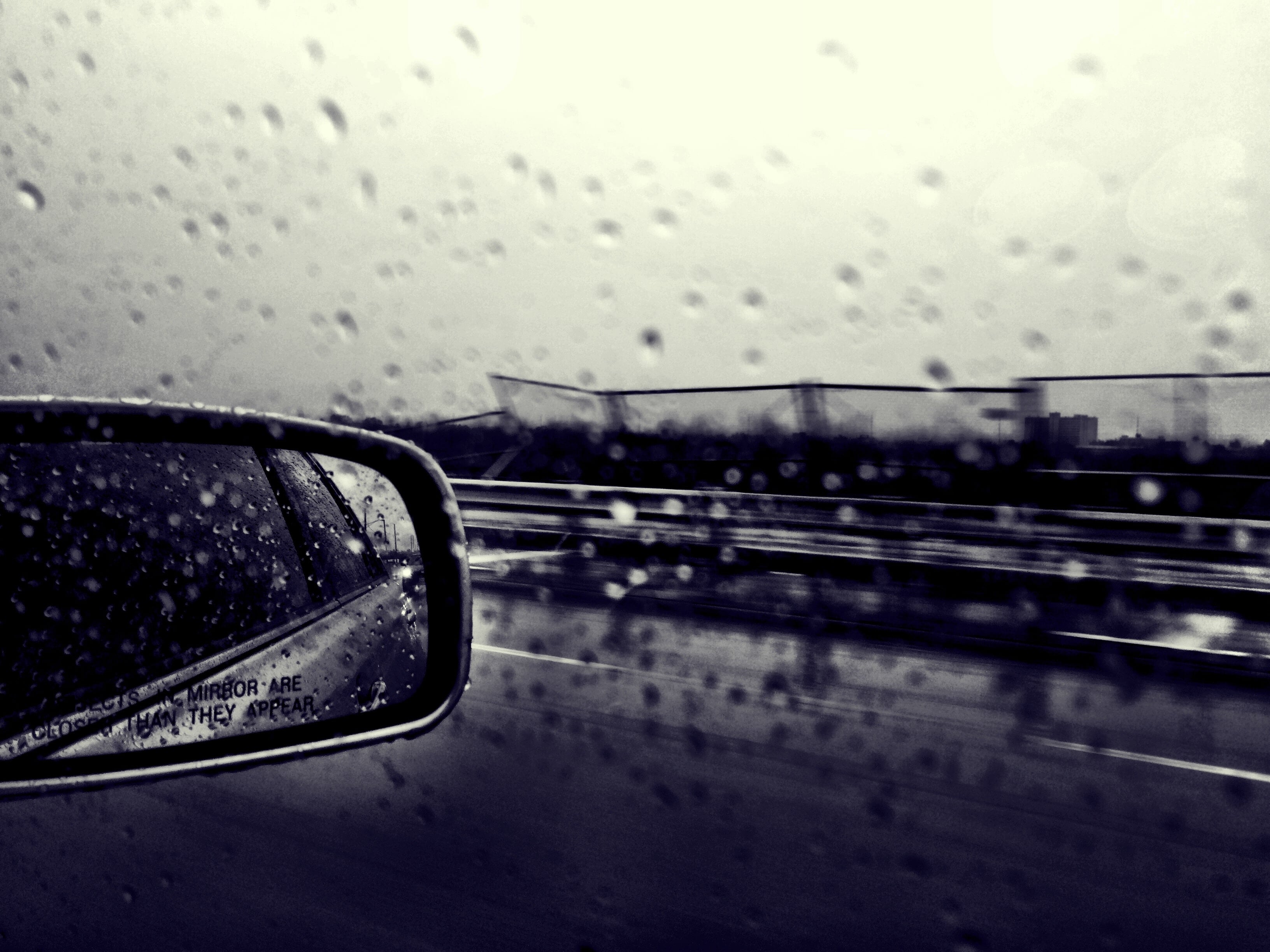
Bonnet and Boot
The bonnet and the boot will be checked to ensure that they close properly and securely.
Seats
It is essential that your seats can be adjusted, and are securely fitted, with the seat backs fixed in an upright position.
Dashboard Warning Lights
Your dashboard will be inspected to make sure that the airbag, seatbelt, DPF, and other warning lights are switched off but can work if they need to.
You should never take your car to an MOT test with an illuminated warning light. Make sure that you have the issue resolved before you take your car in for its MOT.
Fluid Leaks
Your car will be checked for leaks and contaminations of all kinds of fluids; coolant, AdBlue, oils, lubricants.
Diesel Particulate Filter (DPF)
Some diesel cars are fitted with DPFs - a device that filters nasty gases (those that are tested for during an emissions test) and keeps soot away from the environment.
It is illegal to remove the DPF from your car, so the MOT tester will check that it is still there during the test.
What Is Not Checked on an MOT Test?
There are four main aspects of your car that will not be checked during an MOT Test:
- Your spare tyre
- Your engine
- Your clutch
- Your gearbox
These are all essential components to the car, but they are not deemed ‘safety critical’ - it is unlikely these issues would cause immediate danger whilst driving.
Likewise, your car heater will not be checked during an MOT for similar reasons.
If you have a big enough issue with your engine, clutch or gearbox, chances are you won’t be able to drive anywhere.
It is important to know that an MOT is not designed to check your car’s general mechanical condition - it isn’t the same as a car service.
Even though these components aren't checked during the MOT test, it is essential that you take good care of them.
Your tyres must meet the legal minimum tread depth limit of 1.6mm, and be sufficiently inflated.
If you ignore the condition of your tyres, then your vehicle could be more prone to aquaplaning.
Whilst your engine is one of the most vital components in your vehicle, it is not covered in the MOT test.
If you notice the engine management light is illuminated on your dashboard, then there could be a problem under the hood.
Please note that your vehicle will fail its MOT if you take it to the test whilst this light is on.
When you notice this light, you should check that your engine oil cap is on tight - if the light still doesn't turn off, the issue could relate to the catalytic converter or the spark plugs and will need to be resolved by a professional mechanic.
If the clutch feels spongy, or you notice a squeaking noise, then you may need a clutch replacement.
Similarly, if you hear a clunking or banging noise whilst the car is in neutral, then the clutch could be loose.
Meanwhile, a whistling or clicking sound could indicate that the gearbox bearings are worn out.
Be sure to have any issues resolved ahead of your MOT test to give your car the best chance of passing.
